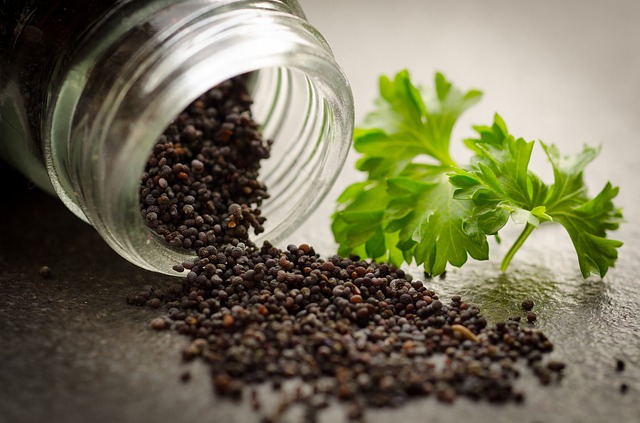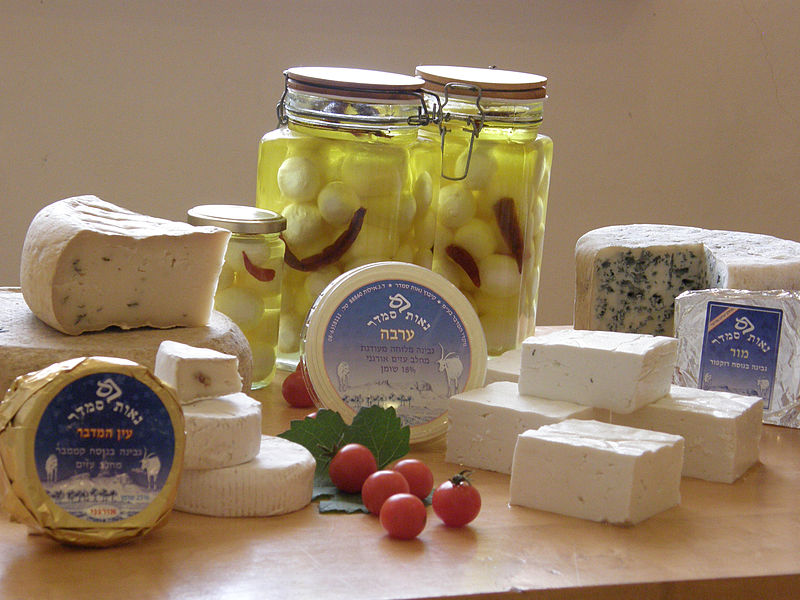Difference Between Linoleic Acid and Conjugated Linoleic Acid
Key Difference – Linoleic Acid vs Conjugated Linoleic Acid
Linoleic acid and conjugated linoleum acid are both omega-6 fatty acids though, they are two different types and a distinct difference can be found between them based on their nature and functions. Omega-6 fatty acids are very important anti-inflammatory polyunsaturated fatty acids. These fatty acids are considered as essential fatty acids because they are necessary for the human health, but cannot be produced by the body, thus obtained through diets. Omega-6 fatty acids play a critical role in brain development and normal growth of humans. The key difference between Linoleic Acid and Conjugated Linoleic Acid is that Linoleic acid is the shortest- chained polyunsaturated omega-6 fatty acid while Conjugated linoleic acids is a class of fatty acids consisting of 28 number of unsaturated linoleic acid isomers. In this article, the difference between linoleic acid and conjugated linoleic acid is described in detail.

Chemical Structure of Linoleic Acid
What is Linoleic Acid?
Linoleic acid is the shortest-chained polyunsaturated omega-6 fatty acid and considered as one of an essential fatty acid that cannot be produced by the human body. At room temperature, linoleic acid is a colorless liquid. Linoleic acid is a carboxylic acid consisting of 18 carbon atoms with two cis double bonds. The first double bond is always found at the 6th carbon atom from the methyl.
Linoleic acid is present in the lipids of cell membranes and is mainly obtained through the diets containing fatty seeds like poppy seeds, sesame seeds, etc., and their vegetable oils. Linoleic acid is important for the biosynthesis of arachidonic acid (AA). According to rat experiments, deficiency of linoleic acid may cause mild skin scaling, poor wound healing, and hair loss. The industrial uses of linoleic acid include the production of quick-drying oils, which are used to produce oil paints and varnishes, production of linoleyl alcohol, surfactants, and beauty products.

Linoleic acid are mainly obtained through the diets containing fatty seeds like poppy seeds.
What is Conjugated Linoleic Acid?
Conjugated linoleic acids is a class of fatty acids consisting of 28 number of unsaturated linoleic acid isomers. They can be either cis– or trans– fatty acids, and the double bonds are separated by a single C-C bond. These naturally occurring fatty acids are mainly gained through the meat and dairy products obtained from ruminants.
The health benefits of conjugated linoleic acids include; acting as anti-oxidant, anti-carcinogen, anti-catabolize, powerful immune enhancer, and cancer fighter. In addition, these fatty acids help to burn fats by increasing the metabolic rate of the body and also enhance the muscle growth. Moreover, conjugated linoleic acids can lower the cholesterol and triglycerides, thus reduce the heart failure.

Conjugated Linoleic Acids can be gained through the consumption of meat and dairy products.
What is the difference Linoleic Acid and Conjugated Linoleic Acid?
Definition of Linoleic Acid and Conjugated Linoleic Acid
Linoleic acid: Linoleic acid is the shortest- chained polyunsaturated omega-6 fatty acid.
Conjugated linoleic acid: Conjugated linoleic acids is a class of fatty acids consisting of 28 number of unsaturated linoleic acid isomers.
Characteristics of Linoleic Acid and Conjugated Linoleic Acid
Chemistry
Linoleic acid: Linoleic acid is a carboxylic acid consisting of 18 carbon atoms with two cis double bonds.
Conjugated linoleic acid: In Conjugated linoleic acid, the pair of double bonds are separated by a single C-C bond, thus called conjugated.
Food source
Linoleic acid: Linoleic acid is gained through the diets containing fatty seeds like poppy seeds, sesame seeds etc., and their vegetable oils.
Conjugated linoleic acid: Conjugated linoleic acids are mainly gained through meat and dairy products obtained from ruminants.
Uses
Linoleic acid: The uses of Linoleic acid are biosynthesis of arachidonic acid (AA), the production of quick-drying oils, which are used to produce oil paints and varnishes, production of linoleyl alcohol, surfactants, and beauty products.
Conjugated linoleic acids: The uses of Conjugated linoleic acids are acting as anti-oxidant, anti-carcinogen, anti-catabolize, powerful immune enhancer, and cancer fighter, enhance fat burning and muscle growth, and lower the cholesterol and triglycerides.
Image Courtesy: “Linoleic acid” by Edgar181 – Own work. Licensed under Public Domain via Wikimedia Commons “Dairy” by זלדה10 – Own work.(CC BY-SA 3.0) via Wikimedia CommonsncG1vNJzZmivp6x7pbXFn5yrnZ6YsqOx07CcnqZemLyue8OinZ%2Bdopq7pLGMm5ytr5Wau264yKempZ2ZmHqir8idZJqmlGLDtHnCqKWjrZeWwaawjKWgp6ecmrakecCcoJ1n